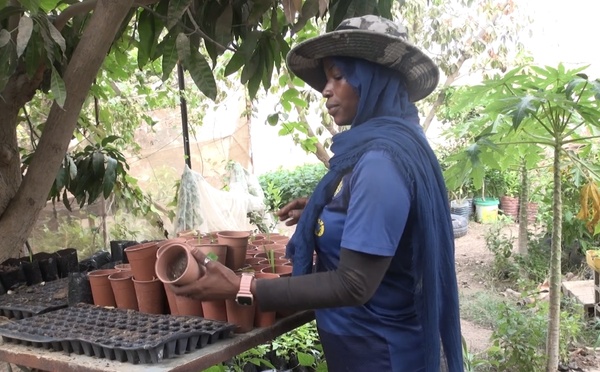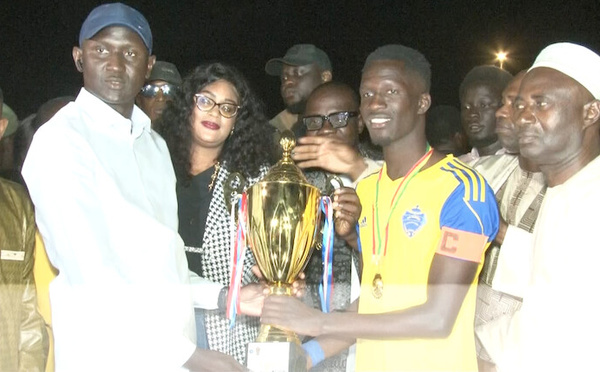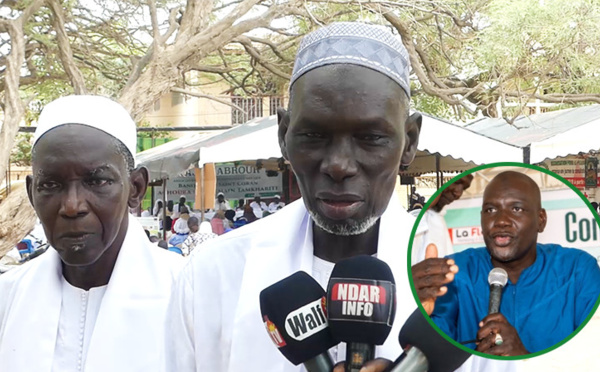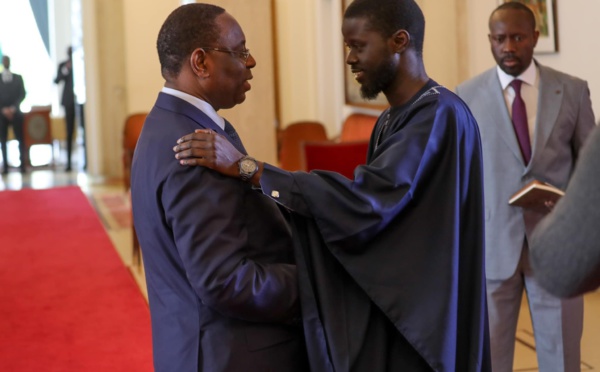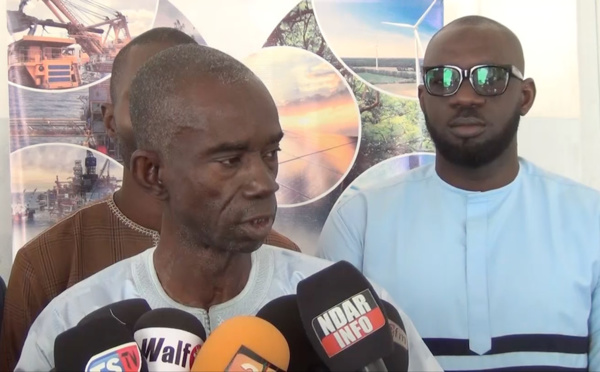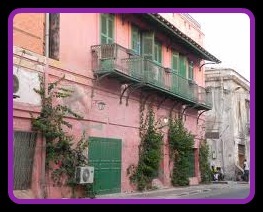
Saint-Louis, or Ndar as it is called in Wolof, is the capital of Senegal's Saint-Louis Region. Located in the northwest of Senegal, near the mouth of the Senegal River, and 320 km north of Senegal's capital city Dakar, it has a population officially estimated at 176,000 in 2005. Saint-Louis was the capital of the French colony of Senegal from 1673 until 1902. From 1902 until its independence from France the capital was Dakar. From 1920 to 1957 it also served as the capital of the neighboring colony of Mauritania.
Geography
The heart of the old colonial city is located on a narrow island (just over 2 km long and about 400 m wide) in the Senegal River, 25 km from its mouth. At this point the river is separated from the Atlantic Ocean to the west by a narrow sand spit, the Langue de Barbarie (300 m wide), which has also been urbanized (the seaside neighborhoods of Ndar Tout and Guet Ndar). Yet a third part of the city, Sor, lies on the eastern mainland and is nearly surrounded by tidal marshes. Saint-Louis is situated on the Mauritanian border, though the border crossing is at Rosso, 100 km upstream.Three characteristics give Saint-Louis its distinctive geographic appearance: the Sahel, the marshes and the Langue de Barbarie.
Saint-Louis only has two seasons, the rainy season from June to October, characterized by heat, humidity and storms, and the dry season from November to May, characterized by cool ocean breeze and dust from the Harmattan winds. Saint- Louis unfortunately is known for its floods.
History
Saint-Louis was established in 1659 by French traders on an uninhabited island called Ndar.It was the first permanent French settlement in Senegal. Saint Louis became a big trading post for the Senegal River. Slaves, hides, beeswax, ambergris and, later, gum were exported between 1659 and 1779. As in Gorée, a Franco-African Creole, or Métis, were important to the economic, social, cultural and political life of the city. They created a distinctive urban culture characterized by public displays of elegance, refined entertainment and popular festivities. A Métis mayor was first designated by the Governor in 1778.
Faidherbe Bridge
Louis Faidherbe, who became the Governor of the Colony of Senegal in 1854. His large-scale projects included the building of bridges, provisioning of fresh drinking water, and the construction of an overland telegraph line to Dakar. Saint-Louis became capital of the federation of French West African colonies in 1895, but relinquished this role to Dakar in 1902. Faidherbe Bridge is the the symbol of the city.
Tourism
Following independence, when Dakar became sole capital of the country, Saint-Louis slipped into a state decline.Saint-Louis, however, has remained an important tourist and trading center and the city's economy, though not entirely recovered, is gradually reviving.Today, rich in three centuries of history, in cultural background, geography, architecture and other characteristics, Saint-Louis is a bridge between the savanna and the desert, the ocean and the river, tradition and modernity, Islam and Christianity, Europe and Africa.
Saint-Louis' colonial architecture along with its location on an island at the mouth of the Senegal River and the system of quays.This gives Saint-Louis the distinctive appearance and identity that has made it since 2000 a UNESCO World Heritage Site.Home to a society with a distinctive lifestyle, Saint-Louis has retained its unique identity. “No one comes without falling in love with the city," proudly say its people who consider Saint-Louis as the birthplace of Senegalese Teranga, the Wolof word for hospitality.
Saint-Louis remains the most characteristically French colonial destination in West Africa along with Gorée Island.
Attractions and Events
Saint Louis - Senegal
Saint-Louis’ Research Center
Governor’s Palace
Historic airport at Dakar-Bango
Grande Mosquée
Faidherbe Bridge
Servatius Bridges
Fanals, which are night-time processions of giant paper lanterns, take place at Christmas time.
The Saint-Louis Jazz Festival
The Festival Métissons
Annual Reggata
The Magal of the Niari Rakas
The People
The Wolofs and Lebous who are the main inhabitants of Saint-Louis are mostly fishermen that live in fishing communities like Guet-Ndar on the Langue de Barbarie. The Fulas live in the inland and practice pastoral farming. The Maures who are migrants from Mauritania (Saint-Louis Senegal is less than six miles south of the border with Mauritania) are mostly merchants, traders and shopkeepers found everywhere in Saint Louis.
Geography
The heart of the old colonial city is located on a narrow island (just over 2 km long and about 400 m wide) in the Senegal River, 25 km from its mouth. At this point the river is separated from the Atlantic Ocean to the west by a narrow sand spit, the Langue de Barbarie (300 m wide), which has also been urbanized (the seaside neighborhoods of Ndar Tout and Guet Ndar). Yet a third part of the city, Sor, lies on the eastern mainland and is nearly surrounded by tidal marshes. Saint-Louis is situated on the Mauritanian border, though the border crossing is at Rosso, 100 km upstream.Three characteristics give Saint-Louis its distinctive geographic appearance: the Sahel, the marshes and the Langue de Barbarie.
Saint-Louis only has two seasons, the rainy season from June to October, characterized by heat, humidity and storms, and the dry season from November to May, characterized by cool ocean breeze and dust from the Harmattan winds. Saint- Louis unfortunately is known for its floods.
History
Saint-Louis was established in 1659 by French traders on an uninhabited island called Ndar.It was the first permanent French settlement in Senegal. Saint Louis became a big trading post for the Senegal River. Slaves, hides, beeswax, ambergris and, later, gum were exported between 1659 and 1779. As in Gorée, a Franco-African Creole, or Métis, were important to the economic, social, cultural and political life of the city. They created a distinctive urban culture characterized by public displays of elegance, refined entertainment and popular festivities. A Métis mayor was first designated by the Governor in 1778.
Faidherbe Bridge
Louis Faidherbe, who became the Governor of the Colony of Senegal in 1854. His large-scale projects included the building of bridges, provisioning of fresh drinking water, and the construction of an overland telegraph line to Dakar. Saint-Louis became capital of the federation of French West African colonies in 1895, but relinquished this role to Dakar in 1902. Faidherbe Bridge is the the symbol of the city.
Tourism
Following independence, when Dakar became sole capital of the country, Saint-Louis slipped into a state decline.Saint-Louis, however, has remained an important tourist and trading center and the city's economy, though not entirely recovered, is gradually reviving.Today, rich in three centuries of history, in cultural background, geography, architecture and other characteristics, Saint-Louis is a bridge between the savanna and the desert, the ocean and the river, tradition and modernity, Islam and Christianity, Europe and Africa.
Saint-Louis' colonial architecture along with its location on an island at the mouth of the Senegal River and the system of quays.This gives Saint-Louis the distinctive appearance and identity that has made it since 2000 a UNESCO World Heritage Site.Home to a society with a distinctive lifestyle, Saint-Louis has retained its unique identity. “No one comes without falling in love with the city," proudly say its people who consider Saint-Louis as the birthplace of Senegalese Teranga, the Wolof word for hospitality.
Saint-Louis remains the most characteristically French colonial destination in West Africa along with Gorée Island.
Attractions and Events
Saint Louis - Senegal
Saint-Louis’ Research Center
Governor’s Palace
Historic airport at Dakar-Bango
Grande Mosquée
Faidherbe Bridge
Servatius Bridges
Fanals, which are night-time processions of giant paper lanterns, take place at Christmas time.
The Saint-Louis Jazz Festival
The Festival Métissons
Annual Reggata
The Magal of the Niari Rakas
The People
The Wolofs and Lebous who are the main inhabitants of Saint-Louis are mostly fishermen that live in fishing communities like Guet-Ndar on the Langue de Barbarie. The Fulas live in the inland and practice pastoral farming. The Maures who are migrants from Mauritania (Saint-Louis Senegal is less than six miles south of the border with Mauritania) are mostly merchants, traders and shopkeepers found everywhere in Saint Louis.








 ACCUEIL
ACCUEIL








